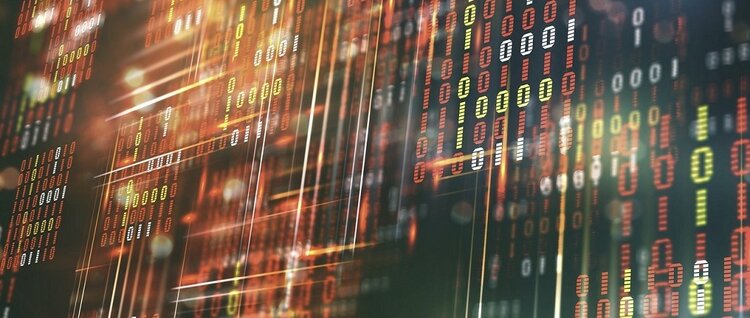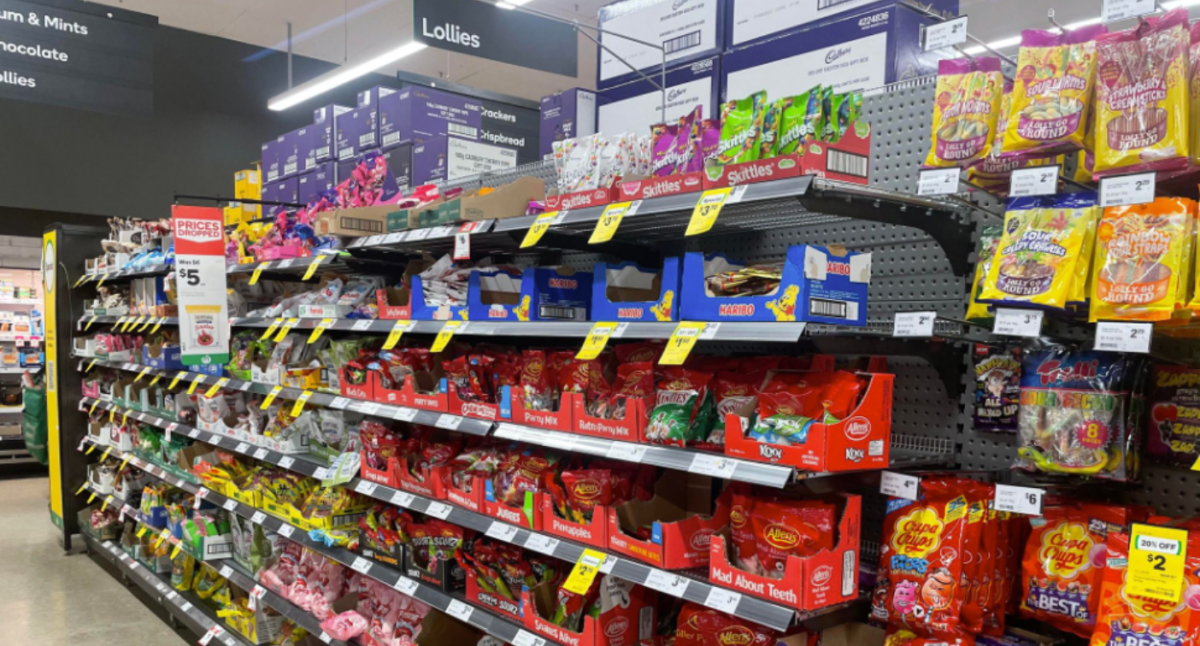Metaverse Tokens: Fueling the Next Digital Revolution

Imagine stepping into the internet, not just scrolling through it. Blurry images and static web pages become relics of the past, replaced by immersive landscapes where you can explore, interact, and experience life in entirely new ways. This is the promise of the metaverse, a transformative shift blurring the lines between the physical and virtual worlds. This transformation is powered by metaverse tokens â digital assets that are more than just currency; they represent ownership, creativity, and governance, forming the bedrock of new virtual economies. Without them, these virtual worlds simply wouldn't function. They are used to purchase virtual land, vote on key decisions, and shape the direction of these digital environments.
A decade ago, streaming movies or attending virtual concerts seemed like science fiction. Today, the internet is a vast playground of experiences, rapidly evolving towards a future that's not just an upgrade, but a complete revolution. This necessitates a deeper look at how different platforms are shaping this burgeoning digital landscape, and the key role played by their respective tokens.
Unlocking New Realities: The Power of Metaverse Tokens
The future of the metaverse hinges on the tokens that power it. These digital assets are the keys to creation, enabling everything from virtual land ownership to exclusive experiences. Let's examine several prominent examples:
Roblox's Robux: A Precursor to Metaverse Economies
Launched in 2004 by David Baszucki, Roblox initially started as a gaming platform. Its in-game currency, Robux, has evolved alongside the platform's transformation into a user-generated content (UGC) powerhouse. This pioneering approach to a user-driven digital universe predates the current metaverse boom. Robux isn't just for in-game purchases; it's the fuel for creating mini-games, virtual concert stages, and entire amusement parks. Users can even generate real-world income from their creations within this robust virtual economy.
The sale of a virtual Gucci bag in Roblox in 2021 for approximately £3,300 worth of Robux â exceeding its real-world retail price â highlights how metaverses create new markets where scarcity, exclusivity, and virtual status symbols drive value, reshaping traditional commerce.
MANA: Decentraland's Digital Fuel
Decentraland, launched in 2017 by Esteban Ordano and Ariel Meilich, offers a step beyond typical UGC platforms. It allows users not only to create but also to own virtual land. MANA, its Ethereum-based token, is the key to this virtual empire. It enables users to become creators, investors, and virtual landlords, while also granting voting rights on key Decentraland decisions. A clever "burning" mechanism, where MANA is removed from circulation with each LAND transaction, helps maintain its value, solidifying it as both currency and long-term investment. Moreover, users can earn MANA through various activities, including playing games and completing surveys.
SAND: Shaping the Sandbox Metaverse
The Sandbox, a play-to-earn (PTE) game combining blockchain technology, DeFi, and NFTs, stands out for its comprehensive approach. Initially a mobile game developed by Arthur Madrid and Sebastien Borgetâs team, its pivot to blockchain-based gaming, coupled with partnerships with brands like Ubisoft and Gordon Ramsay, has fostered significant community growth. SAND, its Ethereum-based utility and governance token, allows users to buy and sell LAND and ASSETS, engage in PTE experiences, and participate in governance decisions. The limited number of LAND plots (166,464) adds to their value, attracting notable brands and celebrities, further establishing The Sandbox as a significant player in the metaverse.
Meta's Horizon Worlds and HZWS: A Work in Progress
Facebook's rebranding to Meta in 2021 signalled the arrival of metaverses as a major trend. Horizon Worlds, Meta's social virtual world, aimed to replicate Roblox's success, but struggled with technical issues and user retention despite initial interest. While the platform's Ethereum-based token, Horizon (HZWS), plays a relatively minor role in its economy, focused primarily on in-app purchases and creator bonuses, Meta's commitment to the metaverse remains.
Holichain (HC) and Holiverse: A New Contender
Holiverse, envisioned by CEO Lado Okhotnikov as a fusion of gaming, social networking, and virtual reality, presents a dynamic PTE ecosystem where users can create, buy, sell, and trade digital assets, including NFTs. Its native token, Holichain (HC), serves as the universal currency for all activities within the Holiverse ecosystem. The platform's ongoing development, including new releases like the Telegram-based game Crystal Kami, points towards a promising future.
Conclusion
With over 200 companies building their own metaverses, the convergence of social interaction, entertainment, work, and commerce within these digital environments is rapidly transforming how we interact with the internet. From the established platforms like Roblox and Decentraland to newer entrants like Holiverse, the metaverse landscape is evolving at a rapid pace, powered by innovative token economies that are reshaping the very definition of digital interaction and ownership. The future of the internet isn't just online; it's immersive, interactive, and increasingly powered by the unique properties of metaverse tokens.





